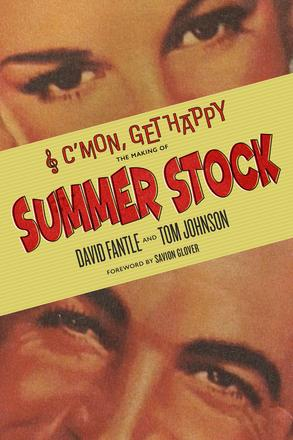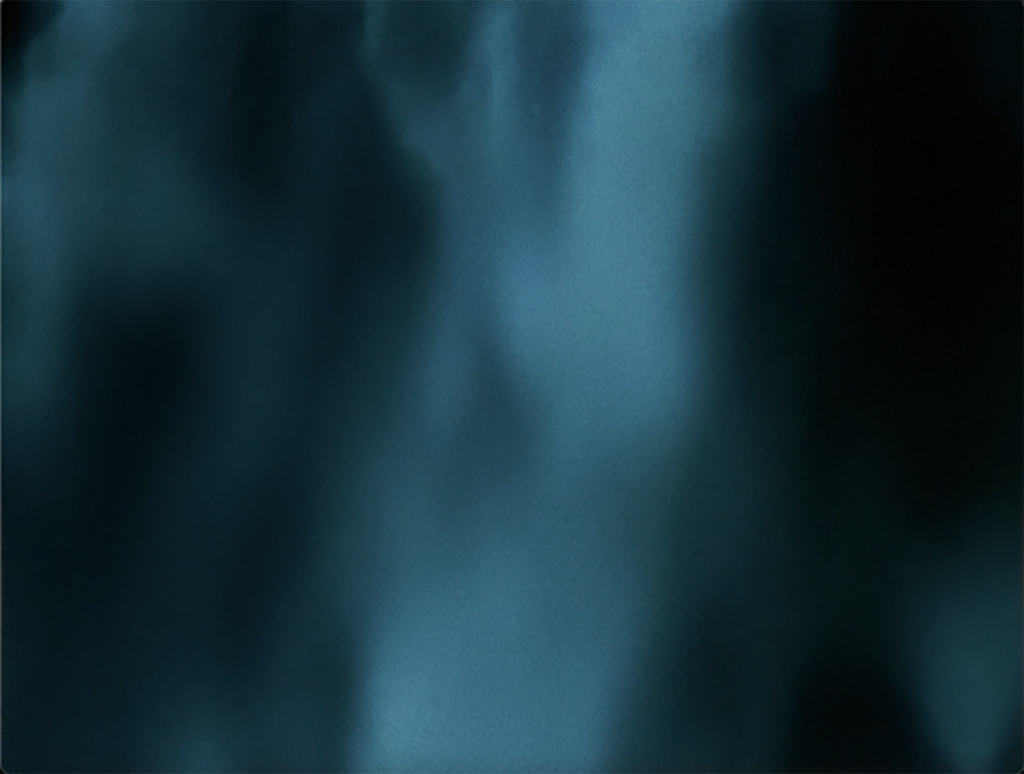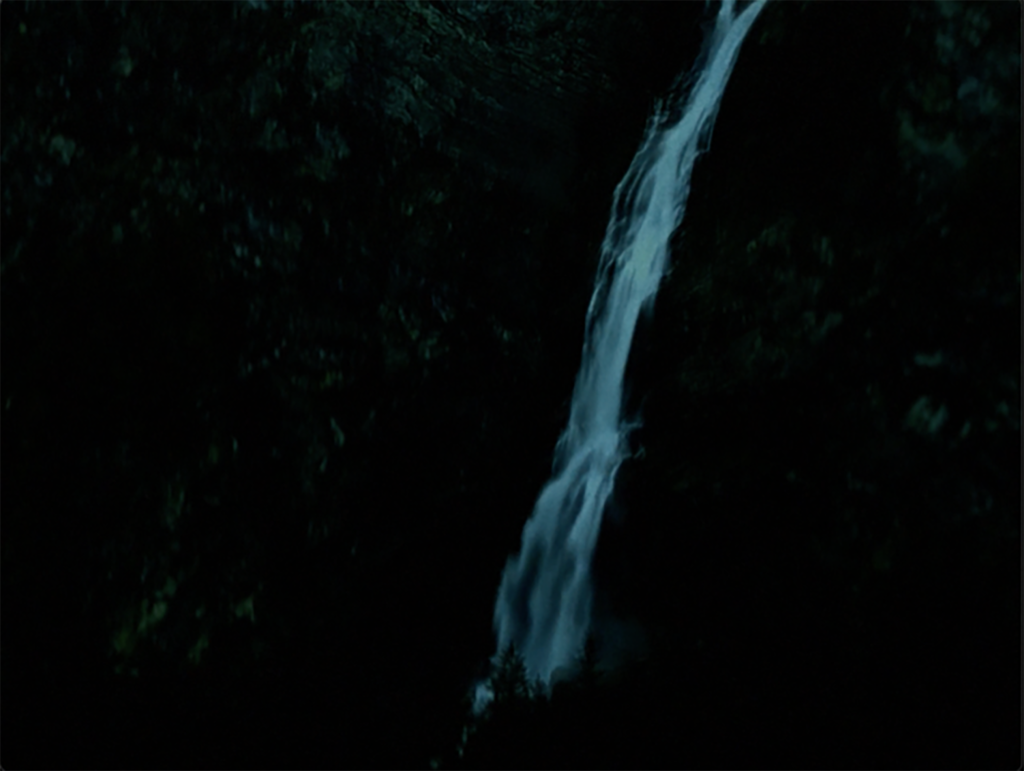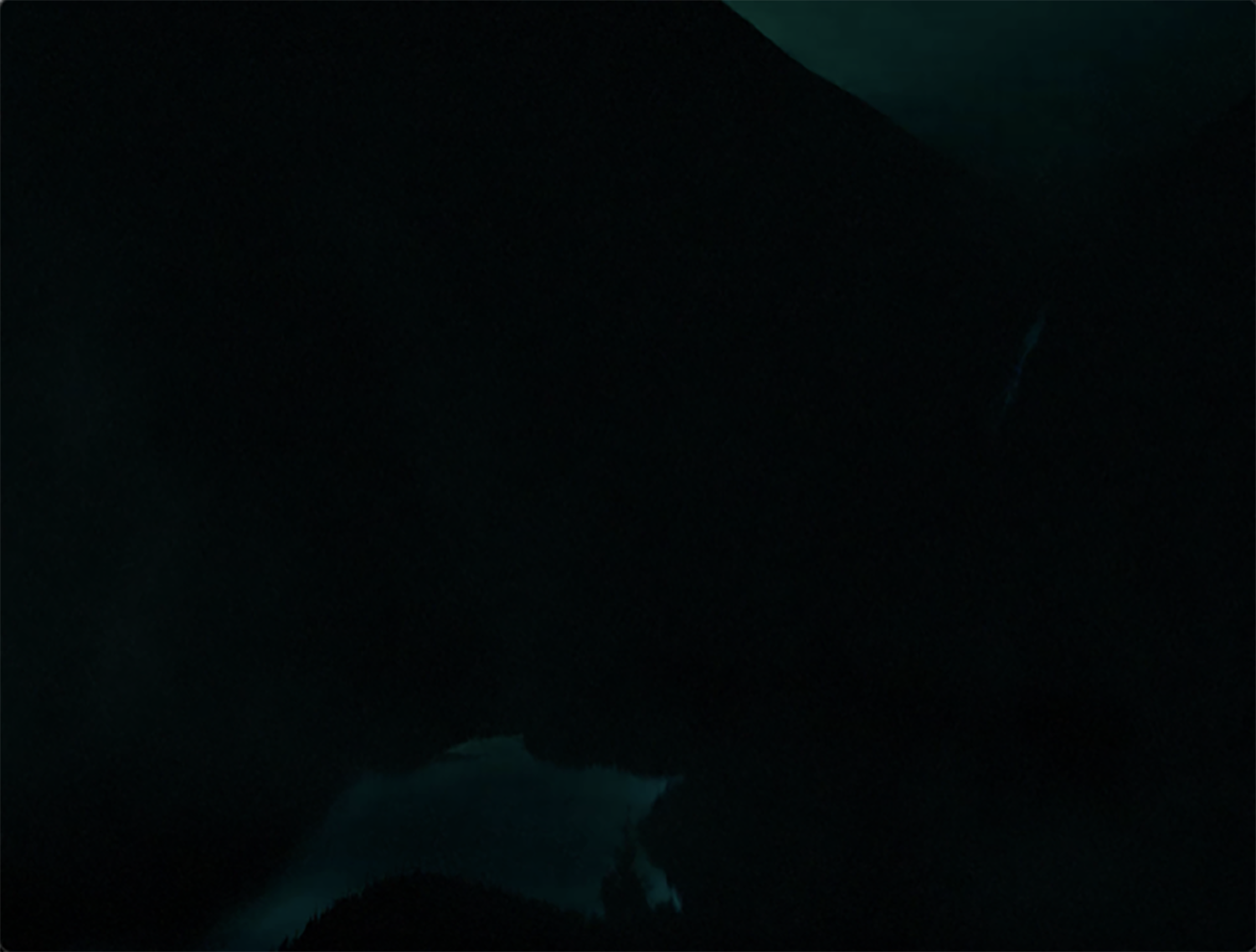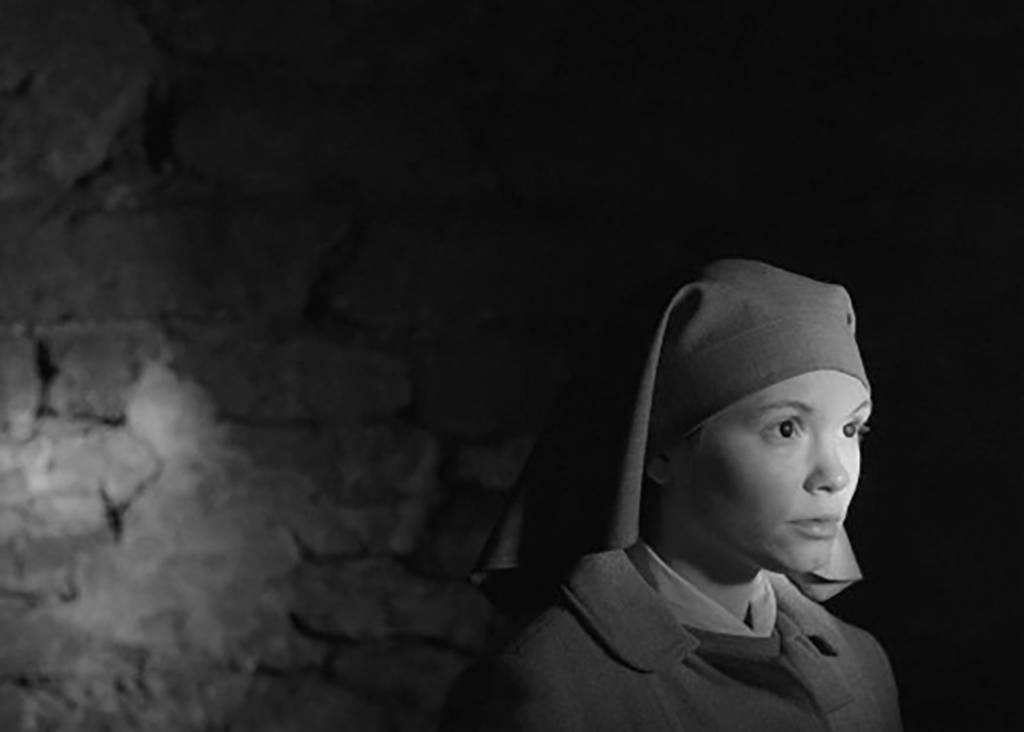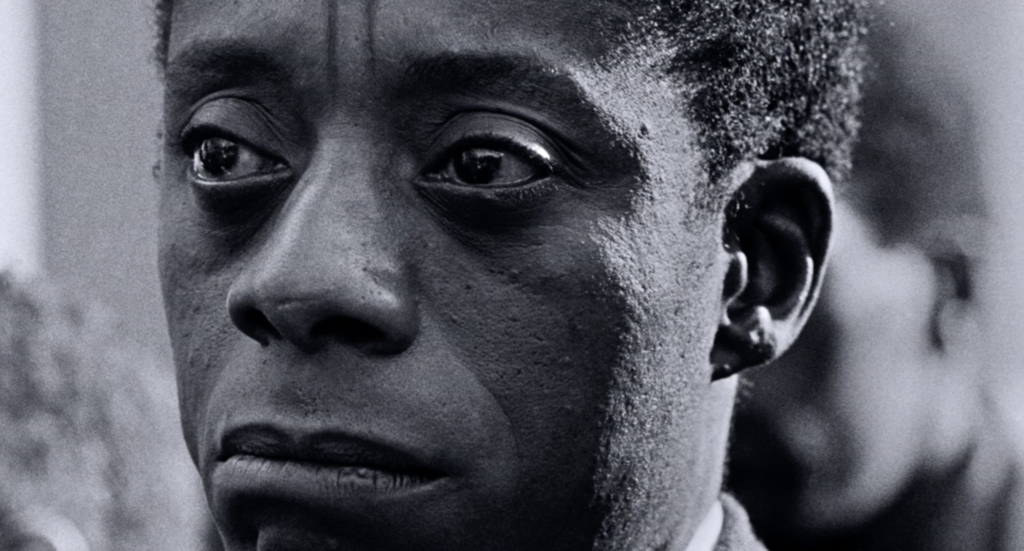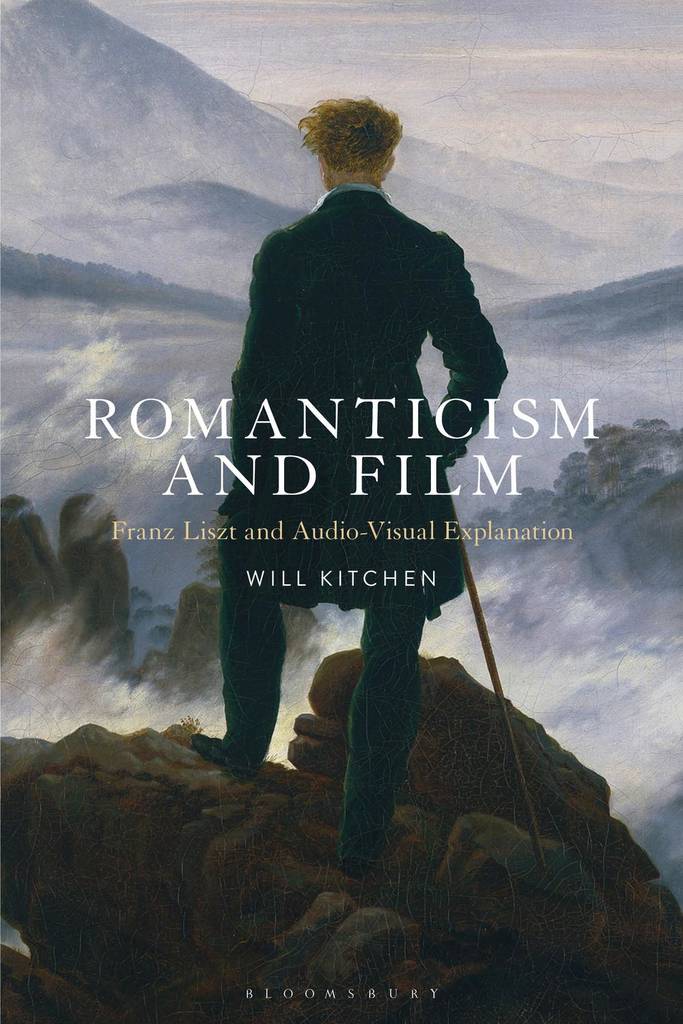Sophia Stolkey: In the beginning of the book, you set out to shed light on the underrated film musical that is Summer Stock and “elevate” it to a higher standard of renown. Could you tell readers a little bit about why this film tends to be overlooked in the canon of Hollywood’s Golden Age from your perspectives, and why it deserves greater attention overall?
David Fantle: As for why it doesn’t get as much attention, and why it’s not in the same conversation as Singin’ in the Rain, or Easter Parade, or those great musicals, I think one reason is that the plot is a bit trite. You know: “Let’s put a show on in a barn…” It’s a little bit of a throwback to films that Judy Garland and Mickey Rooney were doing ten years earlier. But we thought the film was worth closer examination because after writing about it and screening it many, many times, what we’ve realized in audiences we have watched it with is that in the 109-minute runtime, there’s arguably more outstanding musical numbers in those 109 minutes than any of these aforementioned “classic” musicals that are always talked about. We have Gene Kelly’s all-time favorite dance number with the squeaky board, Judy Garland’s iconic swan song to MGM, “Get Happy.” We have “Dig-Dig-Dig Dig for your Dinner,” a terrific tap number. We have arguably the best dance duet that Gene and Judy did out of the three films they worked on together. So, minute per minute, number by number, we think this film has so many showstoppers.
Tom Johnson: What drew us to this, too, was the backstory. There was so much drama in getting this made; it was Judy’s last film at MGM. After fifteen years of work at MGM, the only studio she ever knew, she parted with them right after this movie. And as Dave said, it was sort of a trite plot — no one wanted to do it. Gene, Judy, director Chuck Walters, they were all trying to get out of it. But they all came together as sort of a security blanket for Judy Garland, because she was really up against it with her drug dependencies, raising her daughter Liza pretty much as a single parent, and all these things she had problems with at the time. So they surrounded her, the professionalism was there, and they got the thing done, which was just amazing. And what you see in the numbers, and especially in some of the dramatic scenes, is the real feeling that Judy and Gene had for each other. There’s a real love there. It wasn’t even really acting — you could just tell. And I don’t think that exists in any other Judy film, where you see that real regard for each other, and love for each other.
Continue reading →

